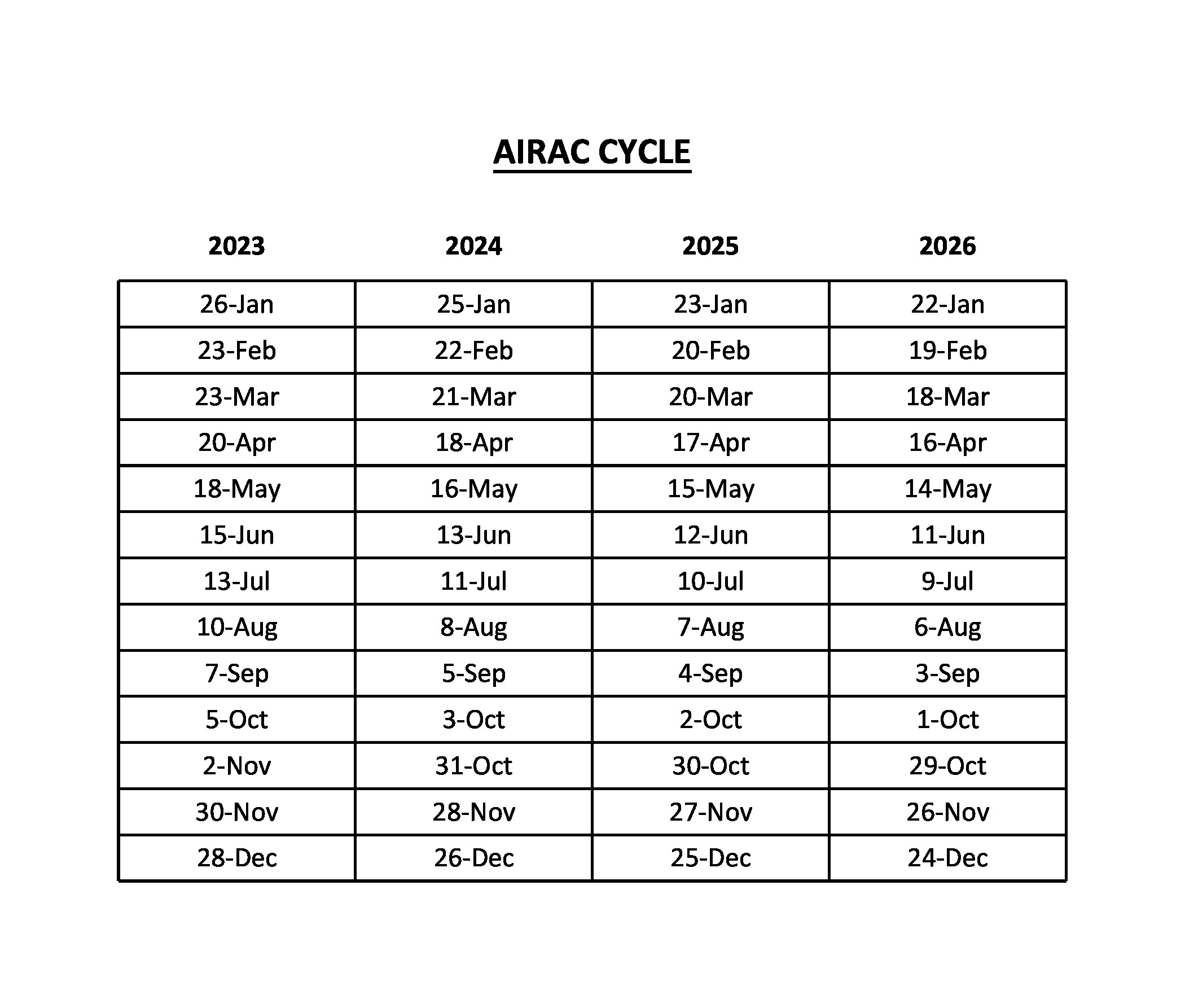Phone: 724.742.4777 | Sales Email: asapinfo@asapinc.net

Yes. Star was built with the pilot in mind. The data input follows a logical sequence that should be intuitive to any pilot or dispatcher. In the case of the weight & balance systems, the system dynamically calculates all loadings and C.G. locations as the users input their variables such as fuel weight, number of passengers, or cargo containers. This allows the user to see in real-time whether the aircraft is within acceptable limits and to alter weight placement if necessary.
STAR requires minimal training of no more than two hours to understand the system.
Yes. The web system is compatible with all common web browsers. Additionally, the “STAR for iPad” app is available for Apple iPad tablets in the App Store. A user account must be set up for the web service and iPad app to work.
STAR runs on standard off-the-shelf PCs for flight operations personnel using common web browsers. The tablet app “STAR for iPad” runs on Apple iPads and is located in the App Store. A user account must be set up for the web service and iPad to work.
The "Star for iPad" app is downloaded from the App Store. A user account must be setup in order for the web service and iPad app to work.
No. We rely on dedicated hardware providers and can refer accordingly.
STAR increases operational revenue by maximizing payload and providing data for quick turnaround. It can increase the time between overhauls (TBO), reduce fuel costs through the more fuel-efficient center of gravity loading procedures in some aircrafts, shorten the time required the perform manual data input, and decrease the risk of increased penalties.
Exact calculations of runway analysis performance data give maximum performance limits without conservative adjustments for atmospheric conditions and MEL/CDL items.
Chief Pilots & VPs of Operations:
Star offers standardization of weight & balance and runway analysis across multiple fleet types. The STAR system ensures correct takeoff speeds, thrust settings, flap settings, and stabilizer settings for the exact aircraft configuration and atmospheric conditions.
Manual flight crew calculations are removed and replaced with accurate computer calculations.
The STAR system quickly calculates all weight & balance and runway analysis performance data, thus reducing possible flight crew departure delays.
The system is easy-to-use and intuitive by nature, meaning that everyone involved in pre-flight planning can obtain accurate weight & balance and runway analysis performance data.
Pilots no longer have to graph the final zero fuel and takeoff center of gravity to ensure the aircraft is loaded within limits. With STAR, data on all variables is computer-calculated using exact atmospheric conditions, aircraft inoperative systems, aircraft icing, etc. The removes the possibility of human calculation error and reduces the time involved for calculation, freeing up time for the pilot to accomplish checklists, discuss departure procedures, and performance other pre-departure actions.
Dispatch Managers:
STAR integrated runway analysis with weight & balance in a methodology sequence similar to a dispatcher’s thought process. Aircraft takeoff and landing runway analysis performance maximizes weight calculations for the departure, arrival, and alternate stations, and are all on one easy-to-use screen. This reduces manpower workload.
It provides an automatic method of calculating the data for non-standard situations and inoperative equipment compared to today’s method where the dispatcher manually calculates the data for non-standard situations involving potential human error.
STAR helps eliminate paper updates, reducing unintentional overlooks of updates and decreasing the required time to update manuals. The STAR system automatically updates the data through an internet connection.
Safety Directors:
Computerized weight & balance combined with runway analysis performance ensures that all limits are in compliance. The computerized STAR system ensures accurate takeoff speeds and power settings to eliminate human error.
Any changes in passengers, cargo, fuel, or atmospheric conditions can be quickly entered, with calculations returned instantly so that crews have exact data. This feature eliminates both the potential rushing of manual calculations and the temptation to make assumptions that the numbers are approximated with sufficient accuracy.
Flight crews are removed from having to manually calculate performance data or corrections, freeing more time to concentrate on other aspects of pre-flight procedures.
Non-standard engine failure turn departure procedures are displayed (when applicable) requiring the user to physically view the procedure before receiving the final performance data. This ensures that the crew is aware of any non-standard procedures for their flight. The system maintains each aircraft’s Operational Empty Weight (OEW) and checks each time for updates to the system. Correct Operational Empty Weights are always being sued.
Airport data is automatically updated for each revision cycle immediately. Crews can be assured that they are using the most up-to-date information.
STAR ensures regulatory compliance in weight & balance and runway analysis performance data calculations and removes human error in determining if all weight & balance limitations are met.
Fleet Managers & Load Planners:
STAR ensures that correct, up-to-date operating empty weight data is always being used. It eliminates the problems of transposing numbers from tables and manuals to the weight & balance manifest. With STAR, the system completes these tasks automatically, and then electronically stores the manifests for mandatory archiving, retrieval of historical data, and data trending analysis.
Airport characteristics are updated instantaneously.
We monitor NOTAMs and issue analyses based on long-term NOTAMs in revisions. Short-term NOTAMs can be easily handled by the customer using our system.
Obstacles, slope, elevation, and runway lengths (including TORA, TODA, ASDA, and LDA).
Hundreds of intersection lengths are already in our database. Customers can contact us to create new intersection analyses or build them themselves through the NOTAM function.
Yes. As changes are made to the aircraft, we will update the OEW for each configuration accordingly.
We use multiple checks and balances to assure matching dates and revision numbers throughout the updates.
We follow the 28-day ICAO standard AIRAC cycle for runway analysis manual updates. That schedule is as follows:

